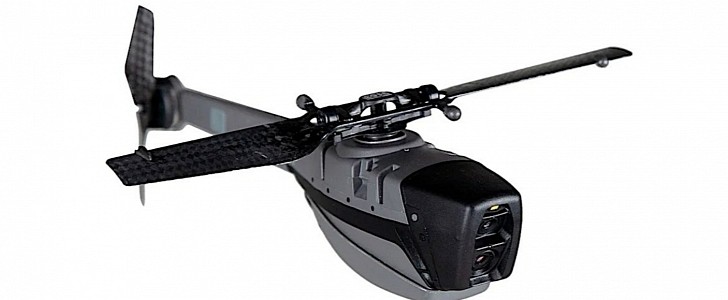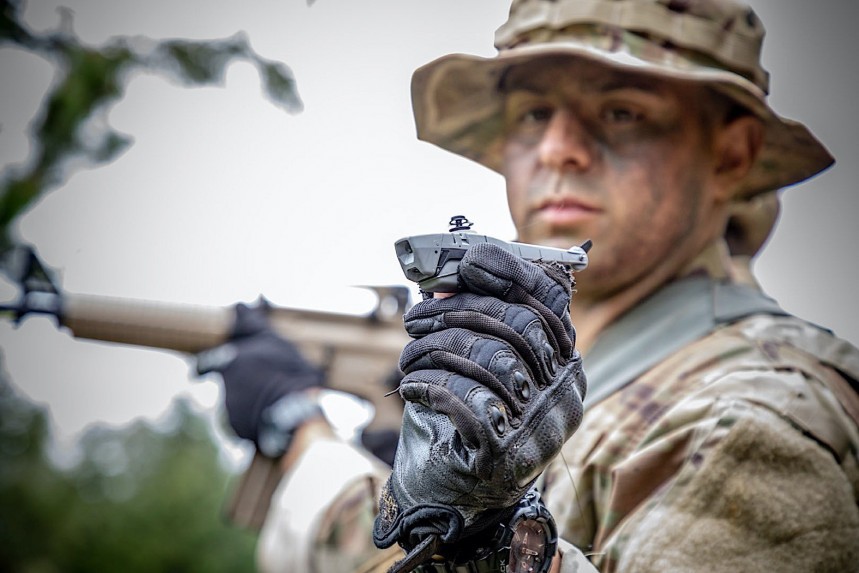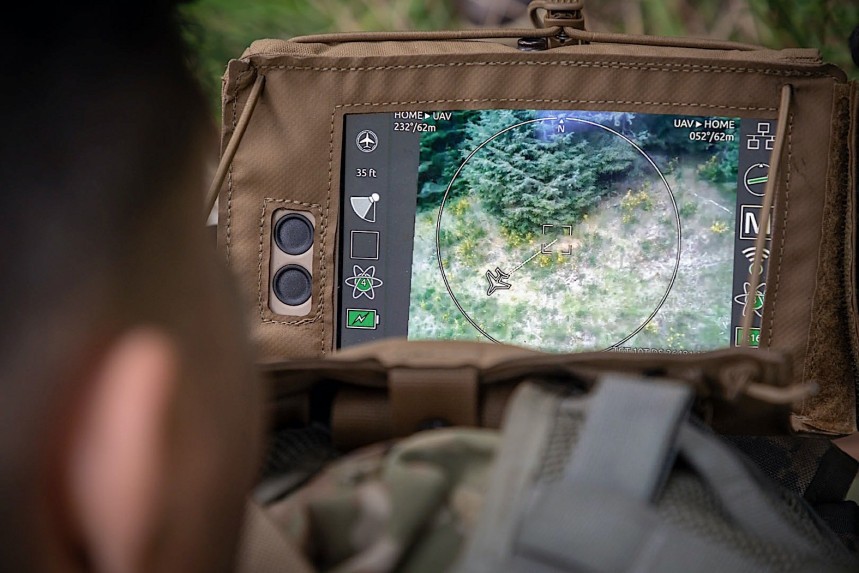I once heard a saying something along the lines of, “In times of peace, prepare for war.” These days, Machiavelli would have been so excited to see what technology can do. FLIR Systems is about to show you how it's changing the game.
You may have recently heard of the Black Hornet drone that the U.S. Army is putting big bucks into. Well, it's time to find out what it is they’re so excited about and why.
The company behind the magnificent drone you have before you is known as FLIR. It is one of those teams that you usually run across if and only if you need a certain kind of job accomplished. No, they aren’t hitmen, but the team does have a history of tampering with anything with a lens. Solutions include thermal and infrared cameras, visible light cameras, 3D imaging, and countless other products mainly aimed at surveillance.
As for what all this buzz is about, it’s a drone dubbed the Black Hornet. Now, this little trinket is known as an airborne VRS (Visual Reconnaissance System) simply because all it does is feed you a live image of the world around you; if only it were that simple.
Sure, this drone is meant to fly around and film the surroundings, but to what purpose? To make things as easy as I can, it’s a drone meant to covertly aid dismounted, non-specialist soldiers with instant SA (Situational Awareness). When you walk into a live-fire area, this sort of advantage is absolutely lifesaving.
As it stands, the Hornet isn’t very big, and that’s exactly what makes it so special. This truly pocket-sized drone comes in with a length of just 168 mm (6.6 in) and weighs only 33 grams. But in those 33 grams hides some of the best technology that money can buy; after all, the army knows what's best.
If I were to compare the shape of the Hornet to any existing vehicle, it most closely resembles a helicopter. One large rotor on top, and a directional rotor at the rear perform the exact same functions as standard choppers. It can hover, bank, strafe, pivot, and move vertically.
At the front of the Hornet are the most important features, the cameras. The first is an EO (Electro-Optical) camera with 640x480 resolution and the ability to take a 1600x1200 snapshot. The second camera is a TI (Thermal Imaging) camera with 160x120 resolution. The same resolution is also given to a TI snapshot; both are replaceable in case they get damaged.
Currently, the Hornet is capable of a range of 2 km (1.24 miles) and a flight time of up to 25 minutes. It’ll also do all this flying around at a maximum speed of 21.49 kph (13.42 mph). This UAV can operate in temperatures ranging from –10 degrees Celsius (14 Fahrenheit) to 43 degrees Celsius (109.4 Fahrenheit) and can even withstand winds of 15 knots and gust up to 20 knots. Rain? Not a problem either, although just light showers.
Several flight modes are also available to soldiers. Auto and manual hover, route and user selectable waypoint actions, automatic return, and lost link are all available to users.
There’s also a launching system (VRS), and the beauty behind it is that it can be deployed onto wheeled or tracked vehicles or within a protected parameter.
Currently, the Hornet is suitable for situations ranging from covert missions to infantry warfare. With such a range of applicability, it’s no wonder the U.S. Army is putting big bucks into this pocket-sized UAV.
Personally, I can’t wait until armed forces allow FLIR to put some of these out on the open market for us layman. I’d pay up to $300 for one of these. Too much or too little?
The company behind the magnificent drone you have before you is known as FLIR. It is one of those teams that you usually run across if and only if you need a certain kind of job accomplished. No, they aren’t hitmen, but the team does have a history of tampering with anything with a lens. Solutions include thermal and infrared cameras, visible light cameras, 3D imaging, and countless other products mainly aimed at surveillance.
As for what all this buzz is about, it’s a drone dubbed the Black Hornet. Now, this little trinket is known as an airborne VRS (Visual Reconnaissance System) simply because all it does is feed you a live image of the world around you; if only it were that simple.
Sure, this drone is meant to fly around and film the surroundings, but to what purpose? To make things as easy as I can, it’s a drone meant to covertly aid dismounted, non-specialist soldiers with instant SA (Situational Awareness). When you walk into a live-fire area, this sort of advantage is absolutely lifesaving.
If I were to compare the shape of the Hornet to any existing vehicle, it most closely resembles a helicopter. One large rotor on top, and a directional rotor at the rear perform the exact same functions as standard choppers. It can hover, bank, strafe, pivot, and move vertically.
At the front of the Hornet are the most important features, the cameras. The first is an EO (Electro-Optical) camera with 640x480 resolution and the ability to take a 1600x1200 snapshot. The second camera is a TI (Thermal Imaging) camera with 160x120 resolution. The same resolution is also given to a TI snapshot; both are replaceable in case they get damaged.
Currently, the Hornet is capable of a range of 2 km (1.24 miles) and a flight time of up to 25 minutes. It’ll also do all this flying around at a maximum speed of 21.49 kph (13.42 mph). This UAV can operate in temperatures ranging from –10 degrees Celsius (14 Fahrenheit) to 43 degrees Celsius (109.4 Fahrenheit) and can even withstand winds of 15 knots and gust up to 20 knots. Rain? Not a problem either, although just light showers.
There’s also a launching system (VRS), and the beauty behind it is that it can be deployed onto wheeled or tracked vehicles or within a protected parameter.
Currently, the Hornet is suitable for situations ranging from covert missions to infantry warfare. With such a range of applicability, it’s no wonder the U.S. Army is putting big bucks into this pocket-sized UAV.
Personally, I can’t wait until armed forces allow FLIR to put some of these out on the open market for us layman. I’d pay up to $300 for one of these. Too much or too little?









